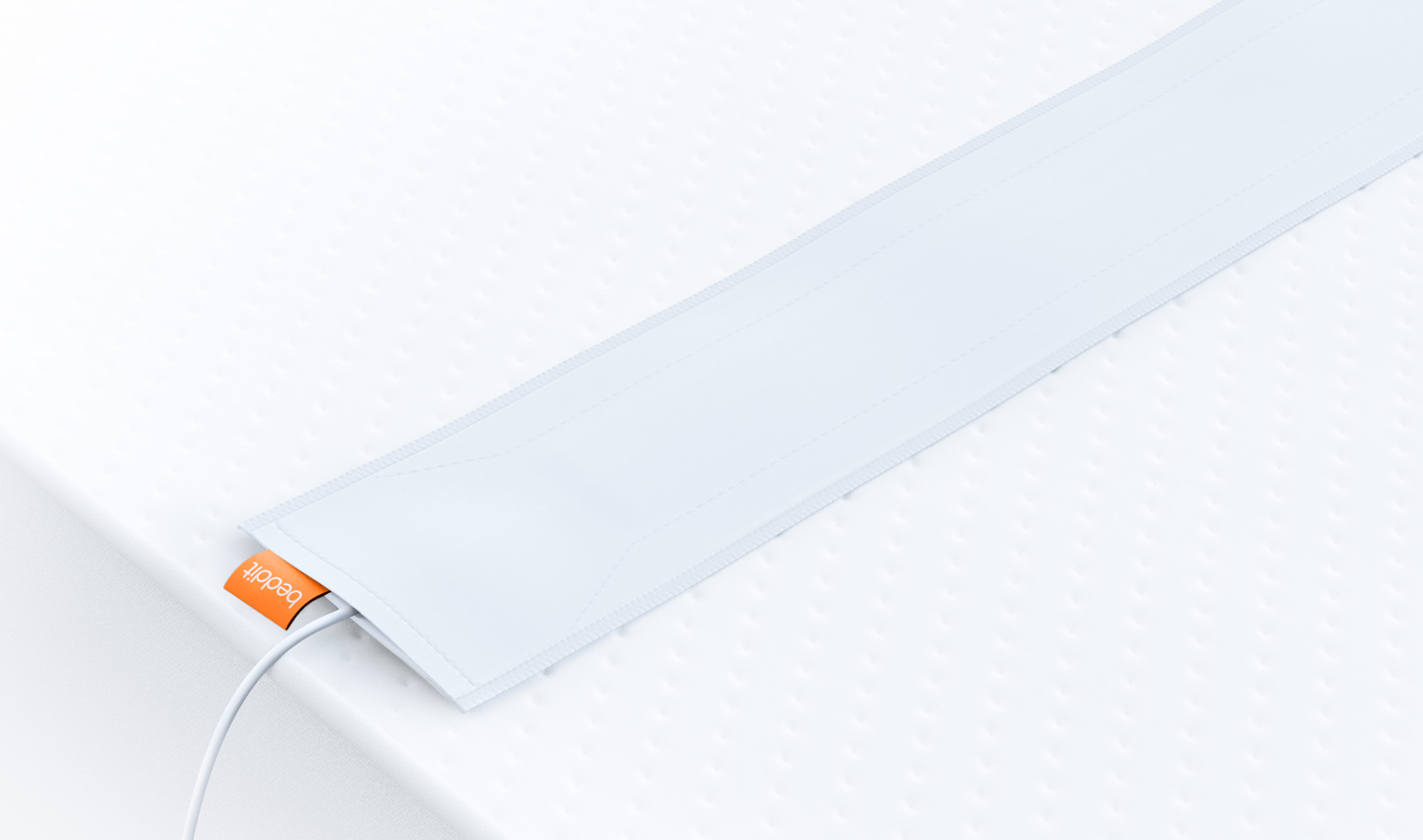On the website of the Finnish company Beddit, which produces software i sleep monitoring hardware, a short message appeared a few days ago informing about its acquisition by Apple. Why did it happen?
It is currently only possible to draw conclusions from this event based on what Beddit itself is dealing with, as the acquisition report contains practically no information about the parameters of the acquisition or the nature of Beddit's future role, or only his team at Apple.
However, several facts indicate that Apple is concerned primarily with the data that the company has already collected and perhaps only secondarily with the technology itself, which it already uses for this. The company's primary product – Beddit 3 sleep monitor – because it is still available, only officially new only in the Apple Store, where there is also a more detailed description of the device's capabilities (previously it was also offered by Amazon and others).
Beddit is a device with a sensor that looks like a strip of fabric with a power cord, which the user places in bed under the sheets, and the sensor then measures various parameters of his physical activity and the environment in which he is sleeping.

Given the persistent offering of devices under the original brand, perhaps the case of the acquisition of Beats, where Apple apparently had no interest in the headphones themselves and still sells them under a separate branding, is not a bad analogy, but in the company's streaming service and their practices in recommending new music to listeners.
She herself suggests this interpretation message on the Beddit website, where it says about the privacy policy change: "Your personal information will be collected, used and disclosed in accordance with Apple's privacy policy."
In addition, the report states that the Beddit 3 device wirelessly sends information to the Beddit app, which processes it into statistics about sleep progress, changes in heart rate and breathing, etc., and that the app can share data back and forth with Apple's app via HealthKit Health. Of course, it is possible that the sale of a separate monitoring device will be discontinued after the units already produced are sold out, but this does not change the potential of the obtained data.
The obtained data could be used, for example, to improve HealthKit and CareKit, platforms focused on monitoring and improving the health status of healthy and sick users. Beddit's device then contains a sensor using ballistocardiography, a non-invasive method of measuring various types of physical activity by monitoring the mechanical impulses of blood flow.
Apple Watch uses photoplethysmography in its heart rate sensor, but Apple has already worked with experts working with ballistocardiography, and it is also possible that one of the next generations of watches will contain a new sensor. However, one of the key features of Beddit 3 is its invisibility, when the user does not have to worry about it after placing it in the bed and plugging it into the socket and only benefits from the data provided by it
Apple's long-term plans for Beddit are hard to deduce, but they could affect the company's entire health portfolio.